… Continued from “Early days” …
Elphege and Ila Fernando said they would take the whole building on rent, without renovations, and they would hand it back to the Assemblies of God of Ceylon whenever they needed it. It was clearly by the Lord’s design since they used the school buildings without alteration.
The building had its own challenge to the new residents. Ila says, “As I swept the place, my eyes would fall on the tablet embedded in the wall declaring insistently, ‘This building is dedicated for the training of workers’ – producing a burden for the Bible School, which I never stopped carrying. I used to talk to the Lord about it and wait for His time.”
In 1971 that time came. The cocoon of the chrysalis opened! National leadership emerged in the Assemblies of God of Ceylon which would carry the vision forward. A vision that would look beyond the ‘mudukkuwa‘[7] of its present and see its future potential in the work in Sri Lanka.
Ila says, “we tried to start day classes without boarding facilities but it never worked out, although we had a curriculum drawn up.” What was needed was a proper plan. Ultimately it was decided to re-open the Bible School in January 1971 with just three students – Vernon Perera, R. Premaratne and Sam Devasagayam. The opening service was simple and significant, with Rev Alfred Cawston (who happened to be visiting the island) giving the message and Sis. Rosa Reineker also present.
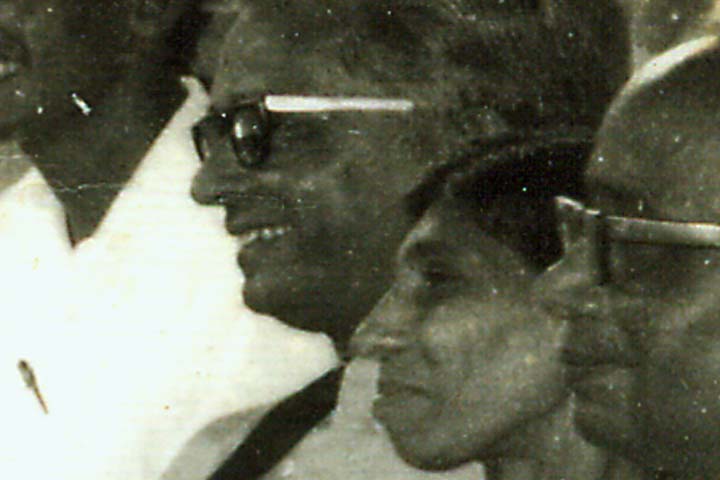
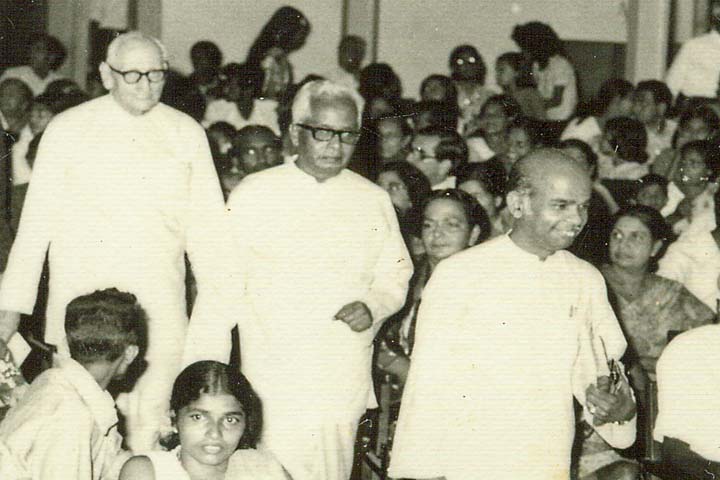
Even with just three residential students, the school ran as the nucleus of what had to come. Rev Colton Wickramaratne was appointed Principal and Rev Vincent Abrahams the Vice Principal. Elphege and Ila were to be in residence and attend to the day to day running of the school. The Assemblies of God of Ceylon was not able to adequately fund the school and Elphege gradually took the burden of fund-raising, and saw to it that the bills were paid. His tool was the typewriter, and perched before it in the wee hours of the morning and late at night he would painstakingly tap out news of the work in the island and spell out in his letters the needs for funds, which brought a heartening response. He also found ways and means of support for the students who could not afford to pay fees. Elphege did an amazing job, working in the background and funding himself from a small business as a ‘tent-maker’ since he did not savour taking a salary for his work.
Ila notes, “We lacked notes and study books in Sinhala and Tamil and had to produce translations while we taught in English, and relied on intensive English language classes to form the bridge. Since facilities were at a minimum, there was also no equipment for reproducing notes. We managed in the best way we could.”
Running school and residence together also had its own problems. The meagre comforts had to give way to the more pressing needs of the school. Ila says, “We chose to move the family into two of the rooms and give the school the rest of the building. We had a family of five and we did not realize the price our three boys would pay in losing their privacy, facilities and the freedom of a normal home. A corner of the school’s ‘office room’ had to serve as our dining room. But all this did not seem a sacrifice – the joy of what we were doing for the kingdom made it worth it all. The need for accommodation increased with the influx of students, and we had to obtain a rented house to accommodate the male students. The accommodation was not even basic, but that was all we could manage at that stage.”
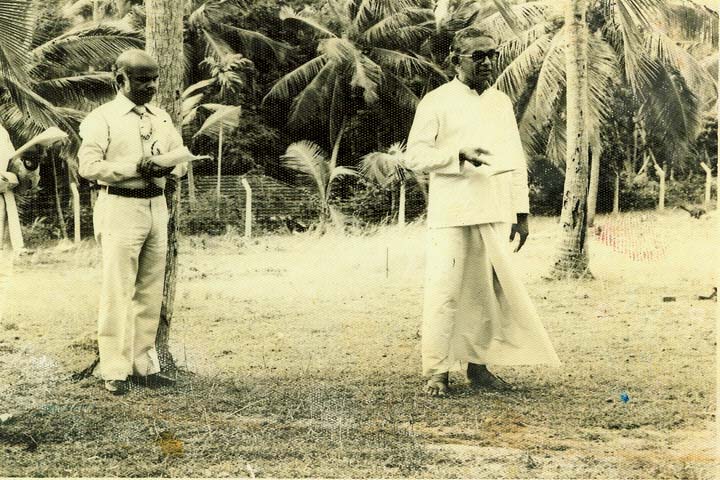
In the mid-1970s the school had an important change. The resounding response to the healing rallies with Rev William Caldwell in Ja-Ela opened new doors. Rev Caldwell saw the need to establish a church in Ja-Ela and to move the Bible School there too. Rev Caldwell very generously helped to buy a property at Courts Road, Ja-Ela, which had sufficient extent for the future development of the School. He also funded the first dormitory – a two storey building.
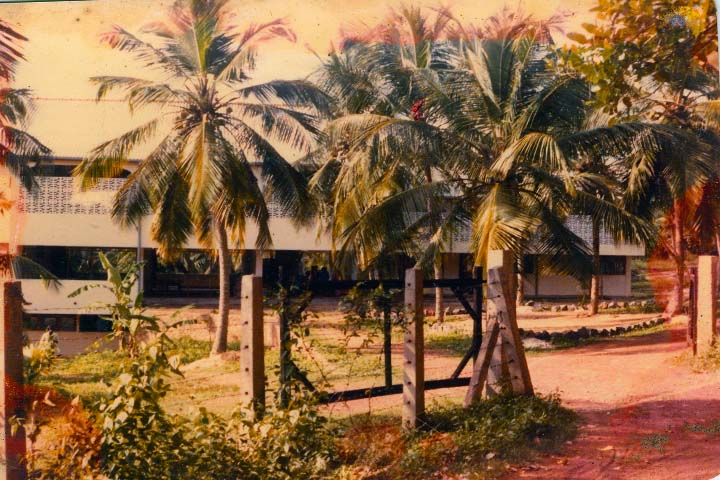
Rather than approach the building of the campus in a haphazard manner, Ila asked her brother Noel D’Alwis, a professional draftsman, to set out a plan for the buildings of the future, the funds would be raised and the campus would be constructed, building by building, over a period of time. Miss Rosa Reineker, whose burden for Sri Lanka and the Bible School spanned many decades, also focused her attention on fund raising. She was later heard to say ‘When I saw Elphege and Ila sacrificing I thought I would sacrifice too’! Elphege plodded on almost single-handedly raising funds to run the school and for the building and Sis. Reineker donated personally – her savings and legacies – and spent herself in travelling and presenting the need for funds.
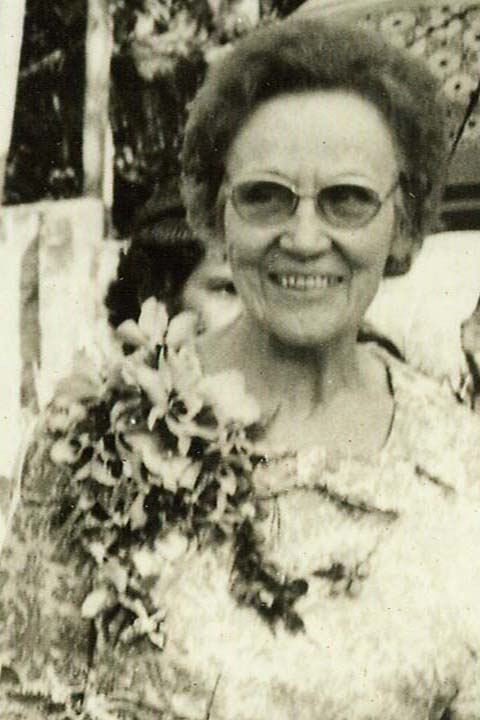
Sister Reineker wrote in 1978 “A Bible School building is a great necessity, as they cannot continue in the crowded unhealthy quarters in which they have bravely carried on since 1971. I admire Elphege and Ila Fernando and their three sons for being willing to put up with such inconveniences. It is also a great credit to the students for being willing to attend such a School where there are no comforts or conveniences. The place is unbearably hot but the students sit in that place with hardly any fresh air and the teachers are willing to teach under these conditions!”
Rev Colton’s leadership of the school as its Principal continued for 24 years. In earlier years he had been conferred with an honorary doctorate by the Southern California Bible College and was among the handful that was granted this distinction by the College up to that time. In later years Rev W J G Beling, who shared in the teaching, too was conferred an honorary doctorate in Divinity by the School of Bible Theology and Christian Dynamics, California, USA. The first teachers included Rev Arthur Speldewinde, a former Chairman of the Assemblies of God of Ceylon and Andrew Wickramaratne. English Language was taught by Mrs. Florence Blok and Miss Roma Wiratunga and Sinhala Language by Miss Laura Ratnayake. Among those who taught in the school at Watarappola Road were those who had graduated from CBI in the previous period or had training at SABC in Bangalore. Ashley Gnanamuttu, was making a valuable contribution when he lost his life suddenly in a car accident in January 1977. Vincent and Ruth Abrahams (formerly Ruth D’Alwis), Seelan Mathiaparanam, Elphege and Ila Fernando, and later, Vernon Perera, Freddie Perera, Chandra and Piyadasa Kumbukage joined the teaching staff. Visiting missionaries – Rick Seaward, Jim Roane and many others – contributed to the teaching in short courses.
Next
-
- Campus at Ja-Ela
- Accreditation
- A Greater Blessing to the Churches
- More information about the Assemblies of God Bible College in Sri Lanka
[2] Assemblies of God of Ceylon Ordinance 53 of 1947, Chapter 445 of the Legislative Enactments of Sri Lanka
[3] Later, Mrs Beryl Wickramaratne, the wife of Calvin Wickramaratne
[4] Later, Mrs Ila Fernando, the wife of Elphege Fernando
[5] Later, Mrs Ruth Abrahams, the wife of Vincent Abrahams
[6] Later, Mrs Rita Perera, the wife of Freddie Perera
[7] Meaning ‘an alley’. This was the candid, though overstated, opinion of the pastor of a large congregation at that time who asserted that we should have alternatives, which we did not have.

